A total of 24 teams have qualified for the PGL Copenhagen CS2 Major following the conclusion of the RMR qualifiers.
Like with each RMR cycle, this time around, the qualifiers taught us a few things about the state of the CS2 esports scene. We witnessed incredible comebacks, Cinderella stories, and upsets—all of which outline today’s issues with the professional scene.
Here are five things we learned from the RMRs.
Superteams aren’t an instant recipe for success
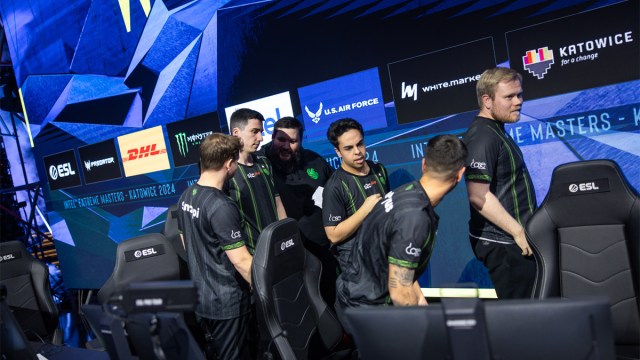
Let’s start by breaking down the elephant in the room: Superteams weren’t a guaranteed recipe for success in CS:GO, and neither are they in CS2.
In the latest transfer window, a few organizations built their roster with superstars, which must have cost them a lot. Astralis, Liquid, and Falcons have one thing in common—they all brought in several big names. Astralis got stavn and jabii, Liquid acquired Twistzz, cadiaN, and skullz, while Falcons saw a complete overhaul of its CS2 roster, with players like SunPayus and Magisk stepping in. These teams will also all miss the Copenhagen Major.
At this point, it feels like nothing new since superteams have already made a history of failing at the biggest events in CS:GO. Like most lineups, they need time and proper leadership to bring out their full potential, and apparently, the Copenhagen RMRs weren’t the right time for them to do so.
Valve needs to update its rankings and RMRs format
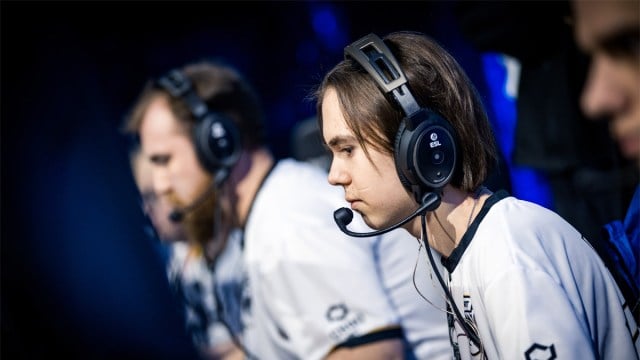
On the other hand, though, the full blame shouldn’t rest squarely on these superstar teams. They need to perform at events like RMRs to cause some damage at the Major itself. But you can’t help but feel like it’s Valve’s, too, for not updating its rankings and Buchholz format at the RMRs.
Teams participating in the qualifiers were seeded based on December’s rankings which were made immediately after the latest transfer window. Valve didn’t take into account the recent third-party events like IEM Katowice 2024, and didn’t adjust the rankings appropriately.
This led to skewed matchups, where the best teams had to face each other for elimination after losing previously a best-of-one game. This happened to Complexity and Liquid, who faced each other for survival after both were defeated by FURIA, arguably the strongest team in Americas RMR, in a best-of-one. A counterargument could be made that these teams need to win if they want to succeed at the Major. While this is true, best-of-ones leave way too much space for upsets, which brings us to the second point: The format of the RMRs needs updating.
Either make all matches best-of-three or introduce a double-elimination bracket (especially in the Americas). There needs to be some kind of change ahead of the next CS2 Major in Shanghai—especially since RMRs are pivotal in the ecosystem.
RMRs are the most important tournaments of the year
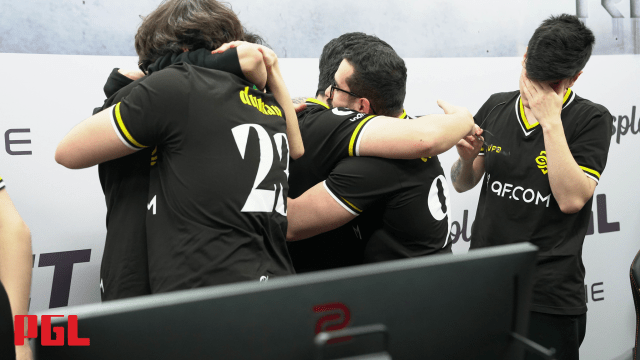
Having a Major spot on the line makes RMRs pretty crucial. But there’s a second side of the coin here. The spot at the event comes alongside enormous income from Sticker sales.
For many teams and players, the money made from selling in-game Stickers was essential to surviving. The actual numbers are living proof. BLAST Paris CS:GO Major reportedly made over $110 million from sticker sales. The Contenders capsule—which featured teams like Liquid and FaZe—reportedly brought in $4.5 million each for the organizations.
With gargantuan money on the line, it’s no surprise many organizations have their fingers crossed that their rosters qualify for the Major; to be at them truly is a multi-million dollar difference.
Additionally, an argument could be made about how orgs sign teams that have secured a spot at the RMRs. For example, after surprisingly losing its core CS2 roster, ENCE signed a core from 9INE, which guaranteed them an RMR appearance without the need to play in qualifiers. While ENCE has been doing brilliantly across the board, such a risky move could have been made to make it to RMR. And, fortunately for the players and the org, they succeeded.
Australian and North American CS are in poor state
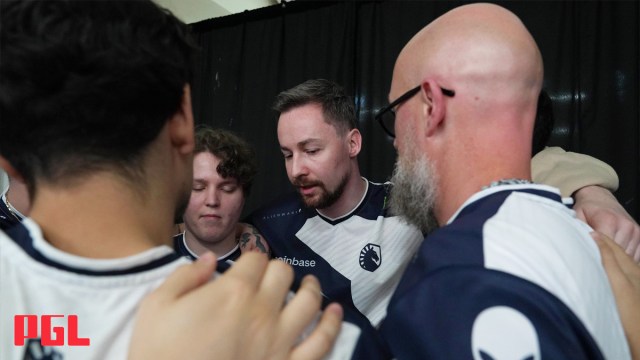
On the other hand, Grayhound’s failure to make it to the Major was quickly followed by its end of operations. It shows how much the Australian organization relied on the sticker money, especially since the roster itself has three pivotal tournaments—IEM Chengdu, ESL Pro League Season 19, and IEM Dallas—lined up. The fact that a primary Australian org had to cease operations after not making it to the major is a huge statement about the state of its CS2 scene, showing it lacks the funds to survive in the current environment.
Contrary to Oceania, while the money flows in North America, the region still is far from being in a satisfactory state. Eight North American squads attended the Americas RMR, where five spots were up for grabs. Only Complexity managed to book tickets to Copenhagen, with the remaining four secured by Brazilian teams.
I don’t mean to disrespect the Brazilian scene. Their teams played brilliantly and deserve their tickets to Copenhagen. But it’s also a statement about NA’s CS, which has been criticized for a long time. And it doesn’t look like the harsh criticism will end anytime soon.
The best teams remain unchanged
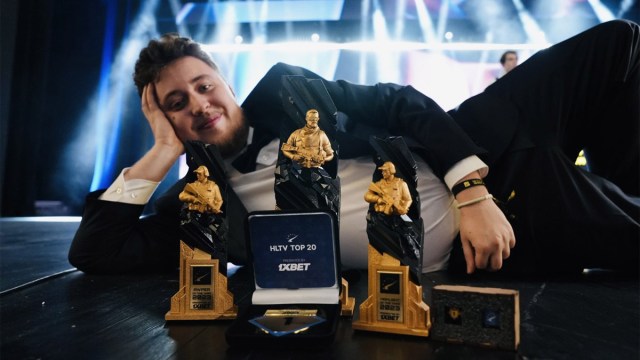
Last but not least, let’s talk about the best teams in the world at the time of writing. Before the RMRs or even IEM Katowice, it was a conundrum to say which squads were leading the race in the scene. There were a lot of candidates—Vitality, FaZe, G2, MOUZ, Spirit—but none stood out. The case is still the same, though these squads have proven they’re a true world-class top five right now.
Each went either 3-0 or 3-1 at their respective RMRs. More importantly, they did so in impressive fashion. Vitality defeated their first two rivals 13-2 and 13-3. Spirit began their RMR journey with a 13-0 domination. To say these five squads are the favorites to hoist the trophy in Denmark would be an understatement.


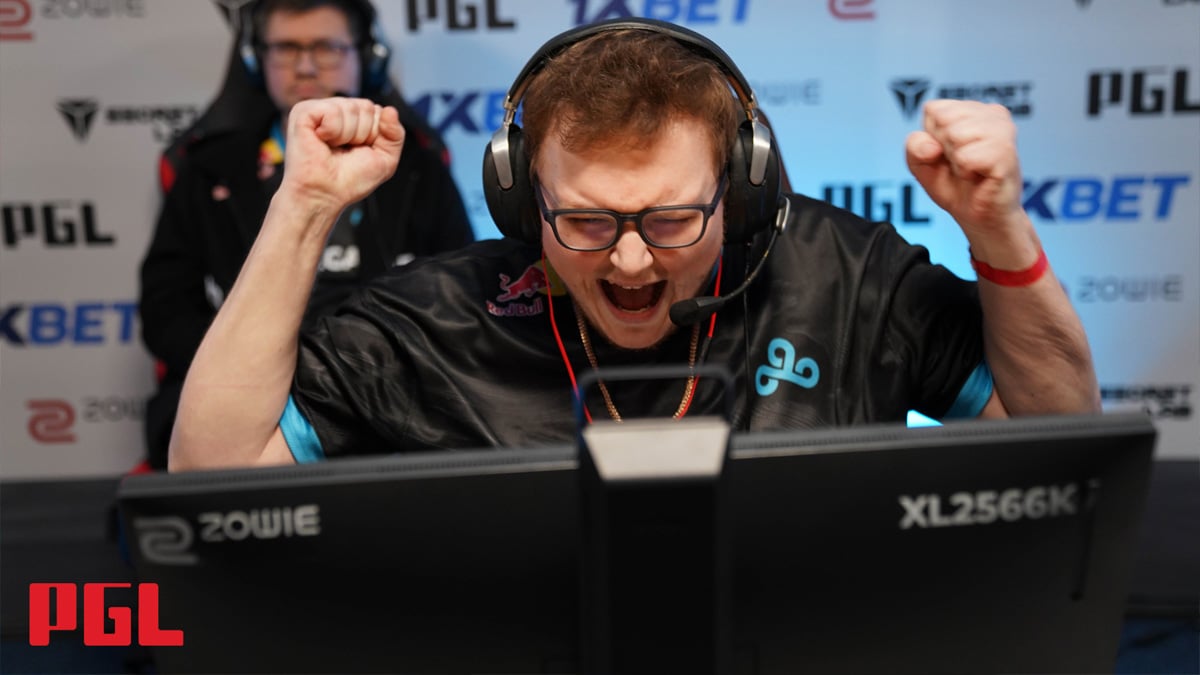

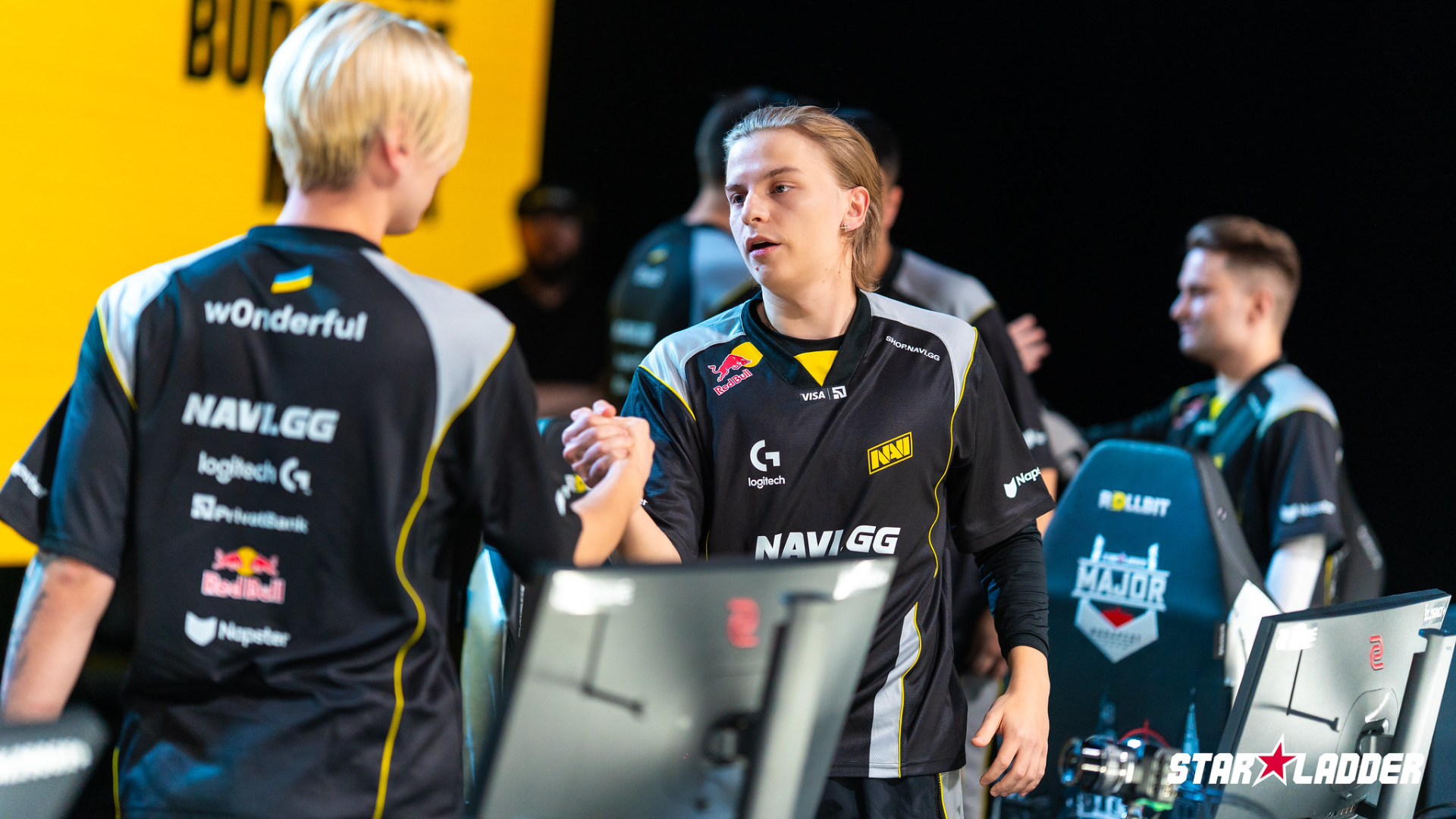

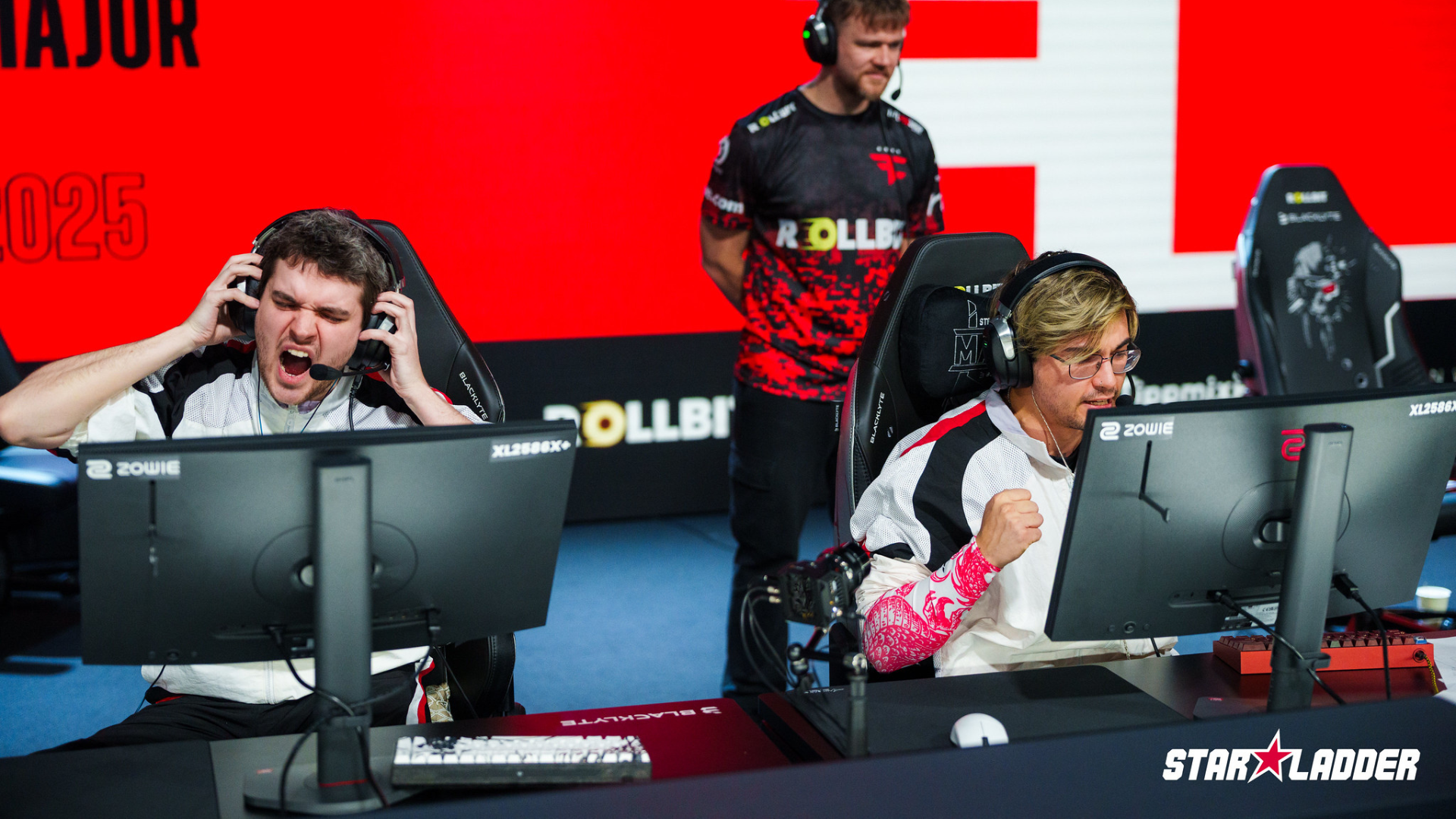

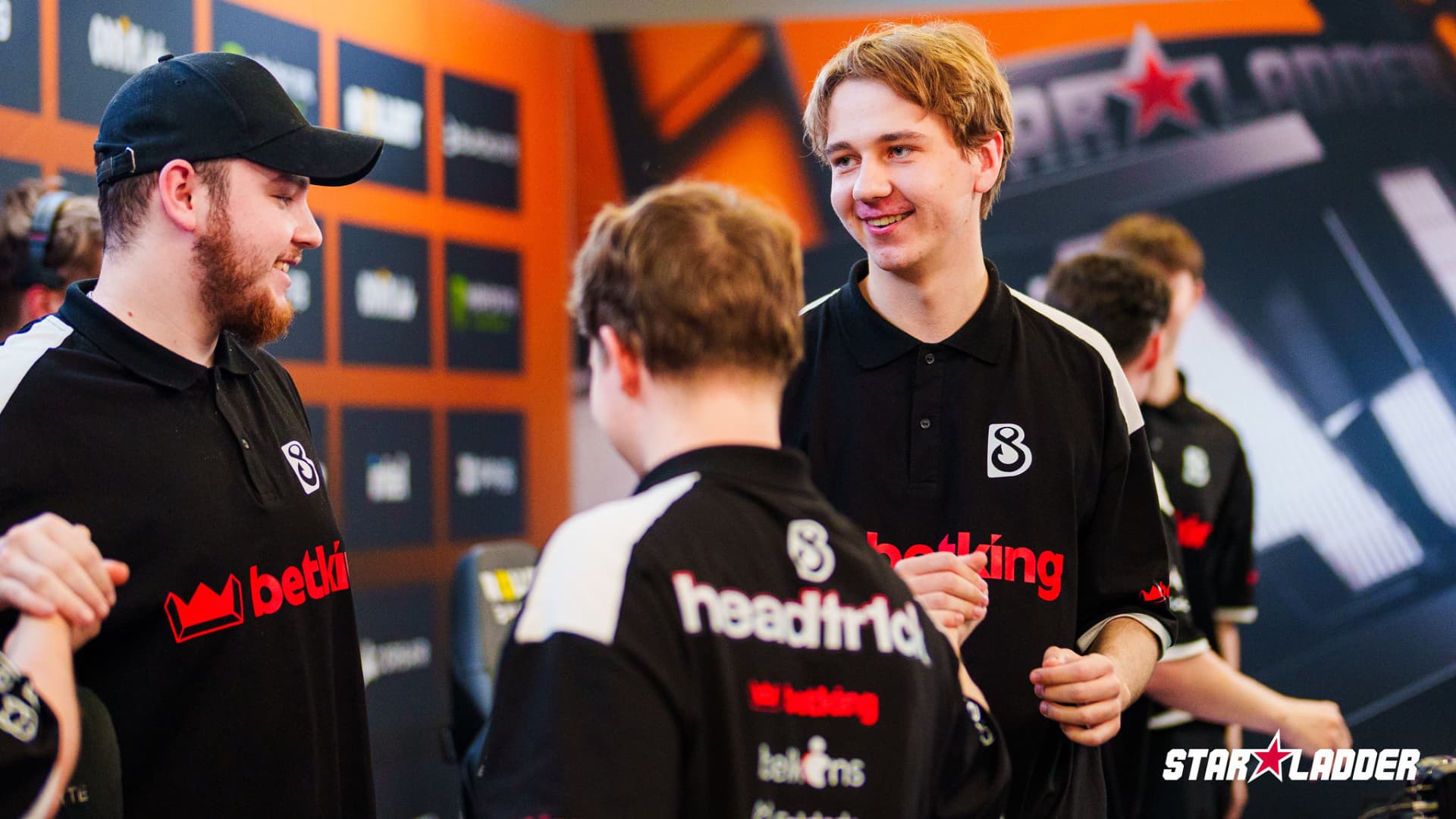
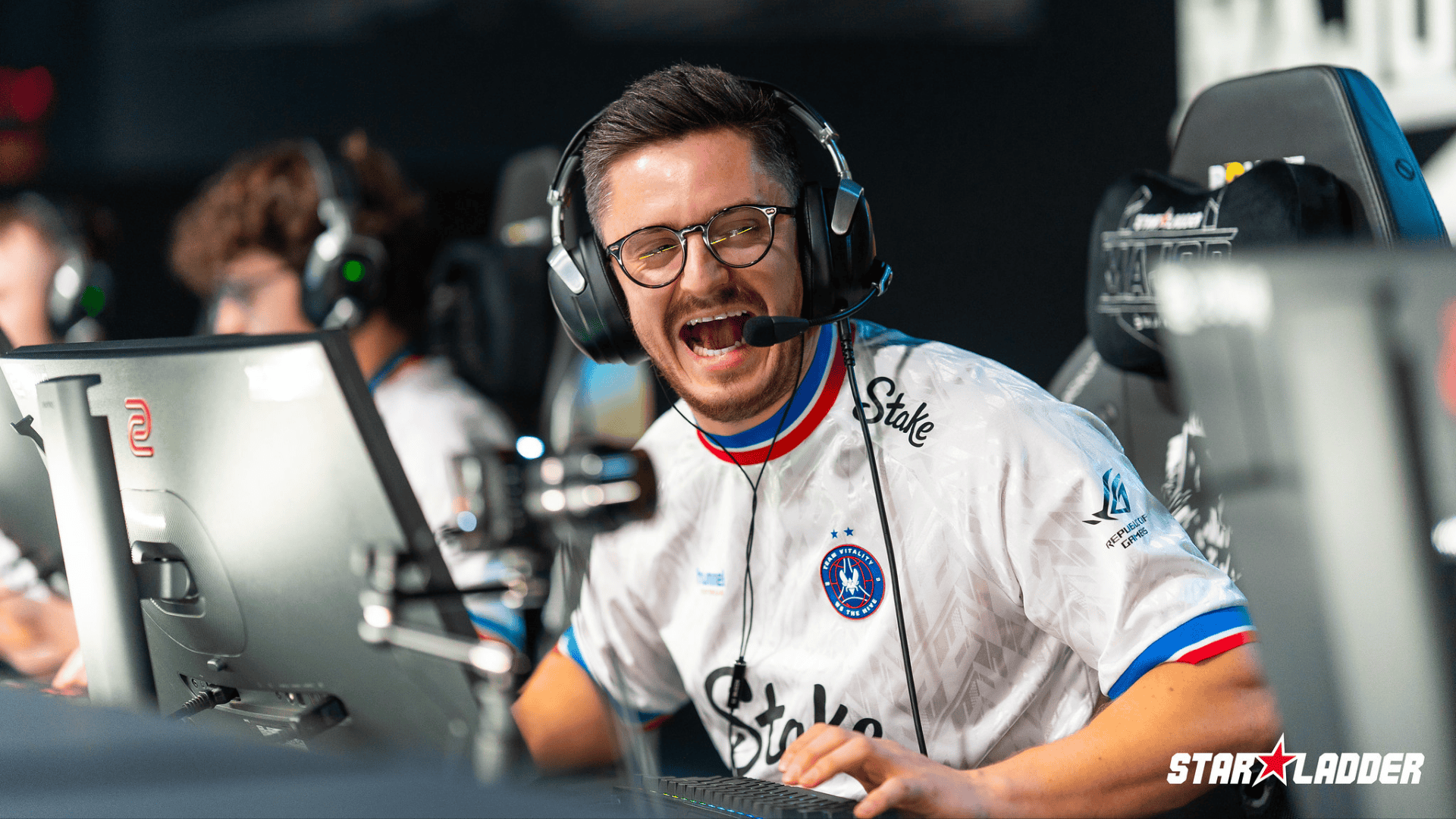
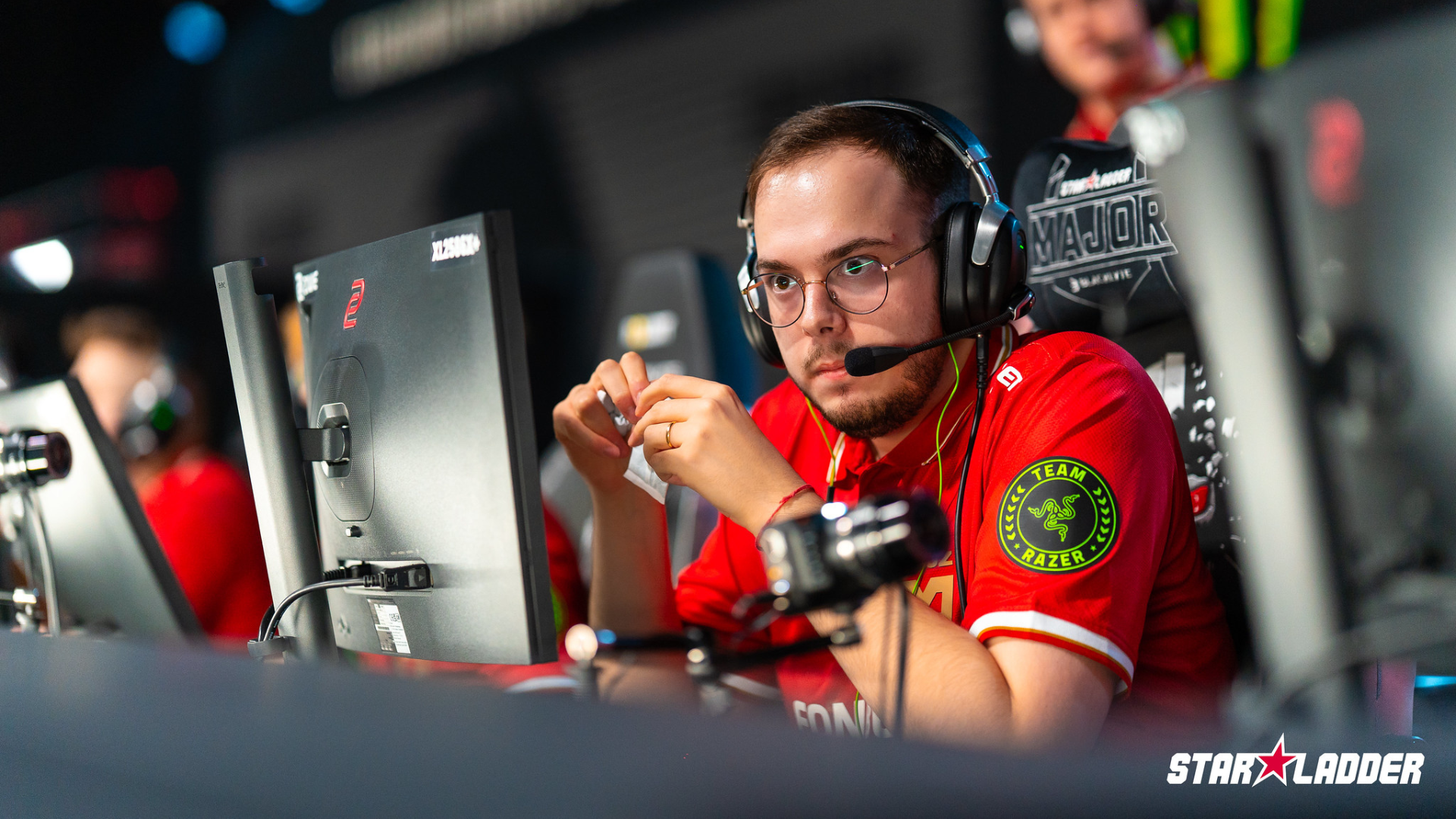
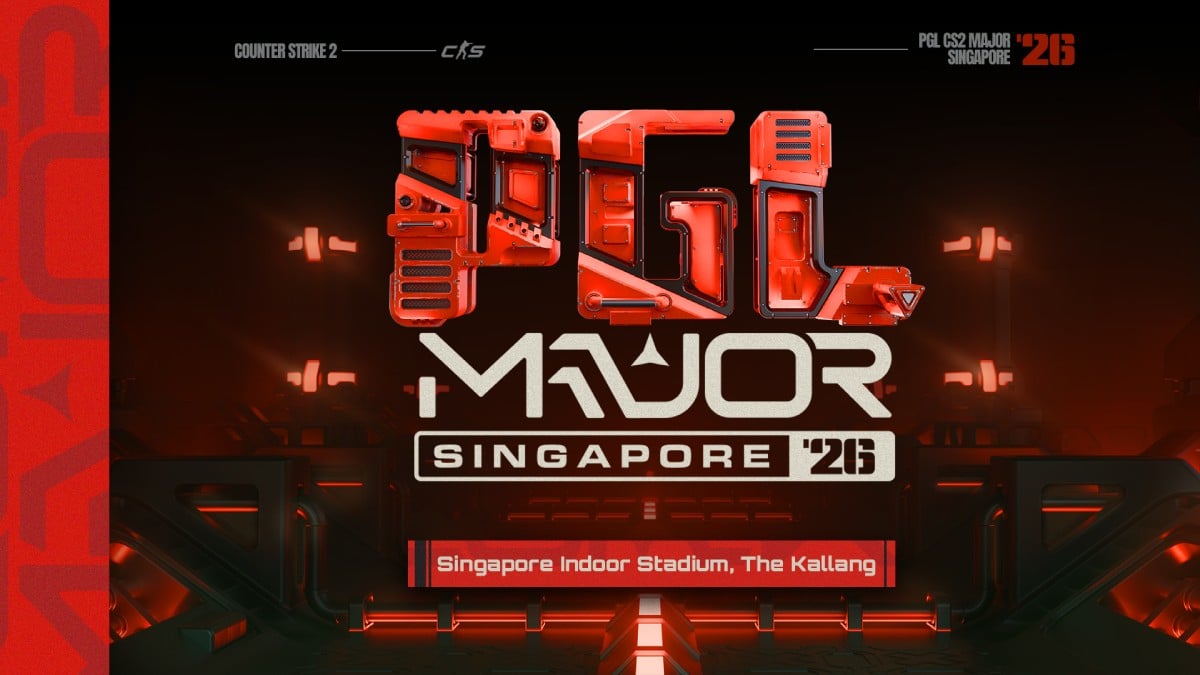

Published: Mar 10, 2024 08:16 am